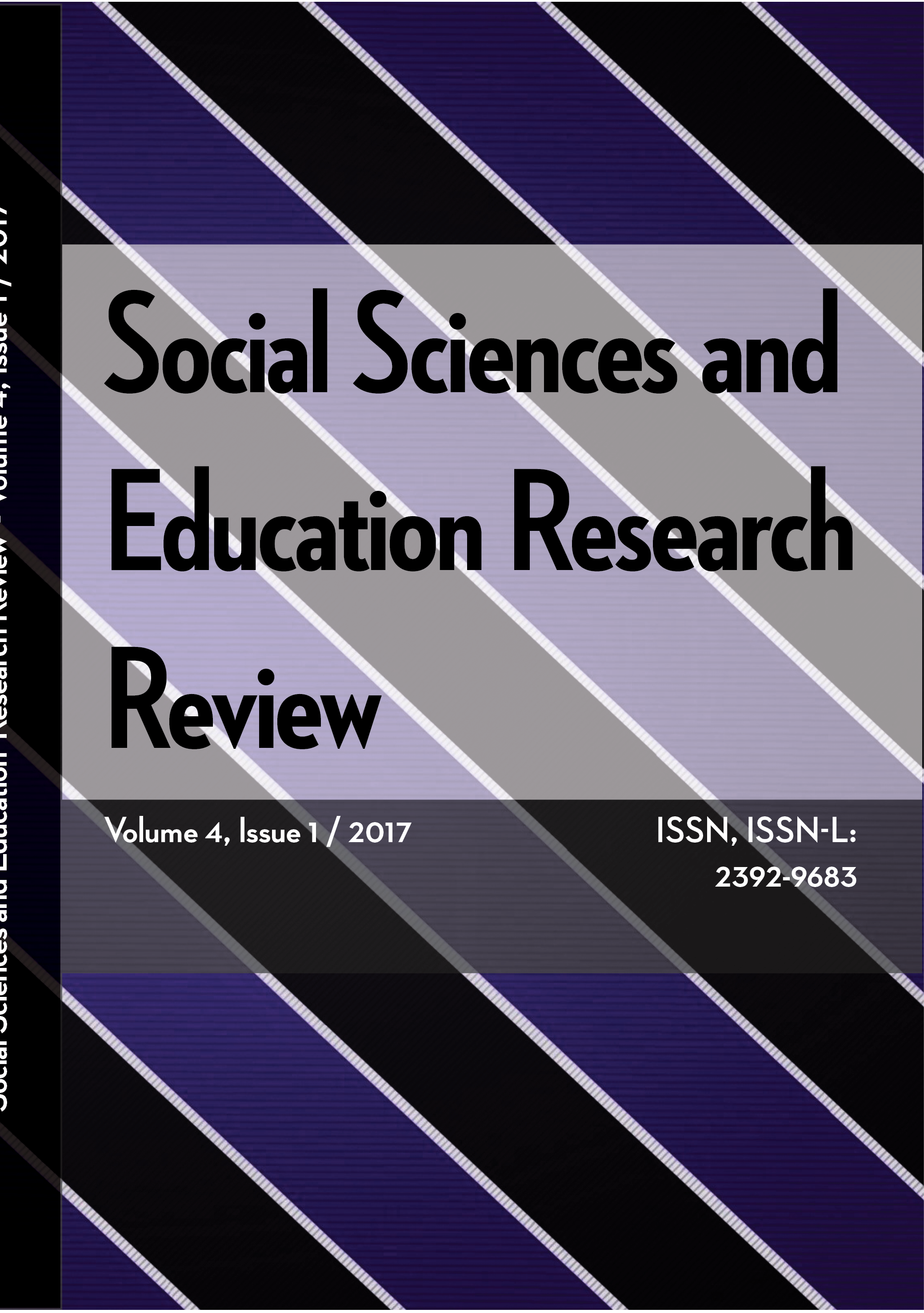THE ROLE OF INDIGENOUS HEALING PRACTICES IN ENVIRONMENTAL PROTECTION AMONG THE MACCAA OROMO OF ILU ABBAA BORA AND JIMMA ZONES, ETHIOPIA
THE ROLE OF INDIGENOUS HEALING PRACTICES IN ENVIRONMENTAL PROTECTION AMONG THE MACCAA OROMO OF ILU ABBAA BORA AND JIMMA ZONES, ETHIOPIA
Author(s): Milkessa Edae Tufa, Fesseha-Mulu GebremariamSubject(s): Social Sciences, Education, Media studies, Environmental Geography, Communication studies
Published by: Editura Sitech
Keywords: Ecosystem; Environmental conservation; Folk healing; Indigenous medicines; Maccaa Oromo;
Summary/Abstract: This article mainly attempted to explore the role of utilizing indigenous medicines in environmental protection among the Maccaa Oromo of Jimma and Iluu Abba bora zone, south-western Ethiopia. To this end, 4 separate interviews with 4 interviewees, 2 focus group discussions with 17 participants, and non-participant field observation were conducted to generate significant and reliable data. Besides, the researchers employed secondary data to make the study more significant and complete. The findings of the study show that since the source of medicines is the environment, the community protects their environment unless the society wouldn’t accessed the natural medicines they need. The study also reveals that most of these folk medicines used by the Maccaa Oromos are from plants. This further indicates the society protects the natural environment to get the plants they use for medication. Thus, folk healing practices are crucial on the one hand to treat illnesses, and to protect the ecosystem on the other hand. However, these societal knowledge is undermined as well as they are being replaced by western (scientific) knowledge, modern medicines. These days, our planet is suffering from global warming, wild fire, flooding, drought, and desertification. Averting these threats is impossible without protecting societal environmental indigenous knowledge.
Journal: Social Sciences and Education Research Review
- Issue Year: 4/2017
- Issue No: 1
- Page Range: 30-53
- Page Count: 24
- Language: English

